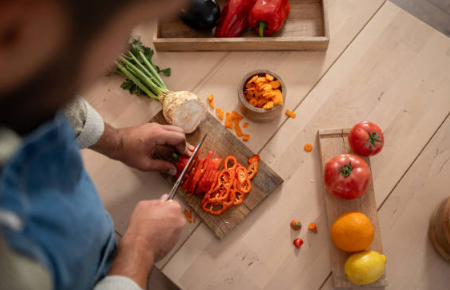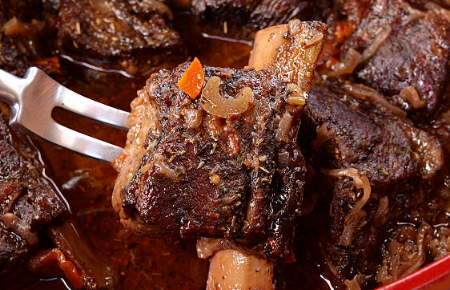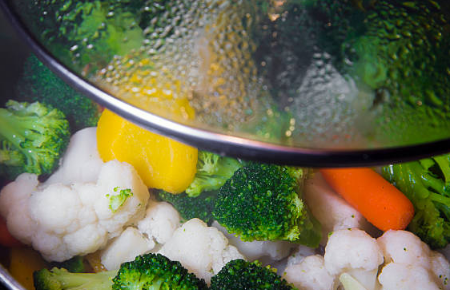How to Stir-Fry Vegetables

How to Blanch Vegetables to Improve Texture and Retain Their Bright Color
June 15, 2025
How to Cook Delicious Braised Meat
June 15, 2025When it comes to quick and simple side dishes, knowing how to stir-fry vegetables opens up a world of healthy options. Stir-frying is a great way to clean out your fridge and avoid wasting produce. Plus, you can use any spices you like to season your vegetables and pair them with your meal.
Stir-frying is simply cooking food in a skillet with a small amount of oil, tossing it around to get an even cook. The goal is to cook the vegetables until they’re crisp-tender with a slight caramelized color on the edges. Once you master stir-frying, adding healthy ingredients and color to your plates becomes a breeze. Keep reading our simple guide to learn how to stir-fry vegetables and make them a regular part of your meals.
How to Stir-Fry Vegetables
Step 1: Prepare Your Vegetables and Pan
Cut your vegetables into small pieces. If you’re stir-frying a mix of vegetables, try to cut them into uniform sizes so they cook evenly. Pour a small amount of oil or butter (enough to coat the bottom of the pan) into a wok or large skillet, and heat it over medium to medium-high heat.

Step 2: Stir-Fry the Vegetables
Once the pan is hot, add the vegetables in batches. Stir occasionally and cook until they soften and the color deepens slightly.
Step 3: Season the Vegetables and Serve
We love seasoning stir-fried vegetables with salt, pepper, and garlic. Feel free to add your favorite seasonings to complement the dish. For example, a little taco seasoning and lime juice can give the vegetables a lively Mexican twist. Serve hot and enjoy!
How Long to Stir-Fry Vegetables
To avoid overcooking or undercooking, cook vegetables in the order of their cooking time, starting with those that take longer.
-
Longer Stir-Frying Time: Carrots, onions, and potatoes
-
Medium Stir-Frying Time: Broccoli, cauliflower, and bell peppers
-
Shorter Stir-Frying Time: Mushrooms, tomatoes, and leafy greens
Maximizing Your Stir-Fry Veggies
For the best flavor and nutrients, try to cook vegetables soon after buying them. Frozen vegetables are also a healthy option, as they’re frozen right after harvest to lock in vitamins. If buying canned vegetables, choose those labeled “low-sodium” or “no salt added” to control sodium intake.
Take your stir-fry skills and use them to create delicious meals, from veggie-packed dishes to hearty meals with meat. Our quick stir-fry recipes cover everything from vibrant vegetables to protein-rich dishes, helping you create a flavorful dinner in no time.



